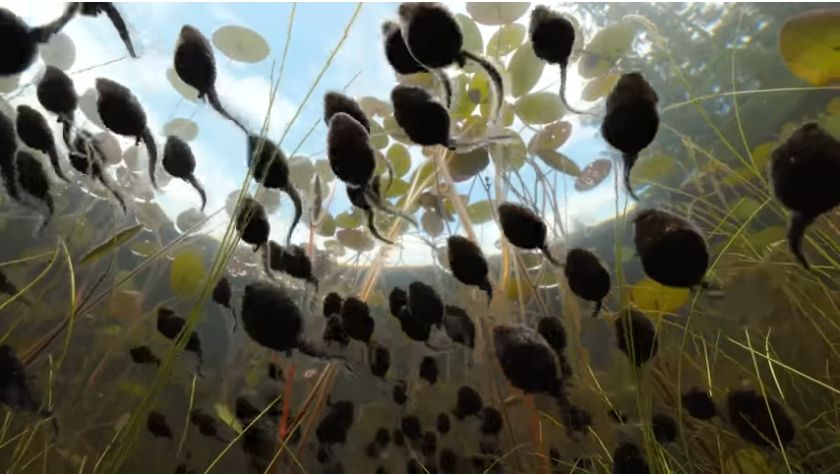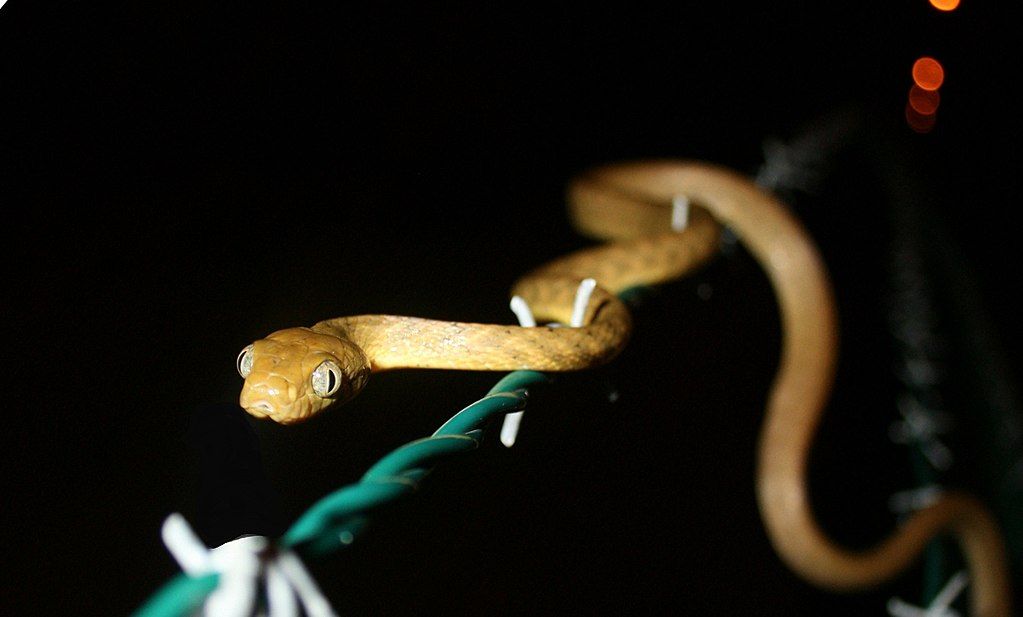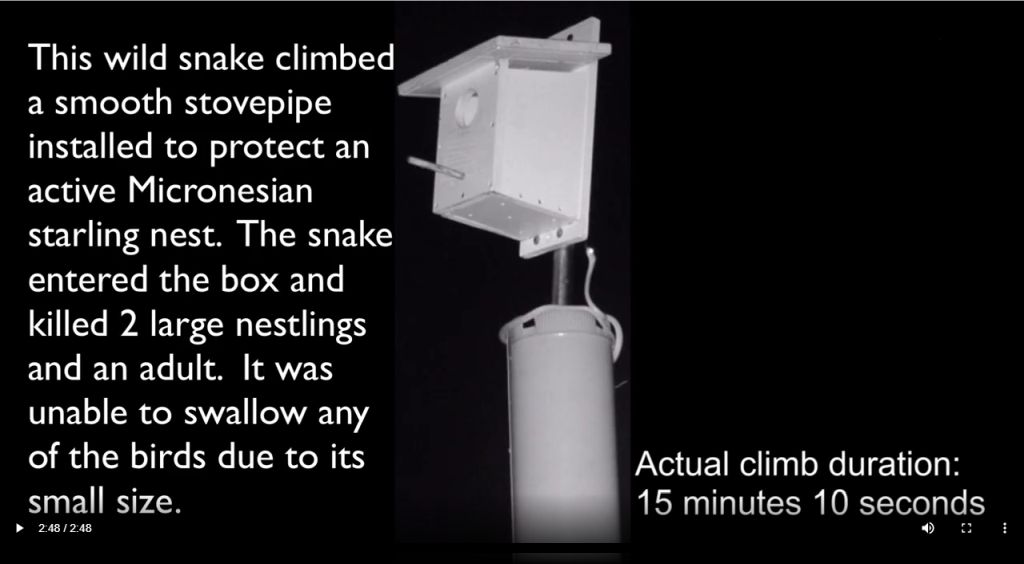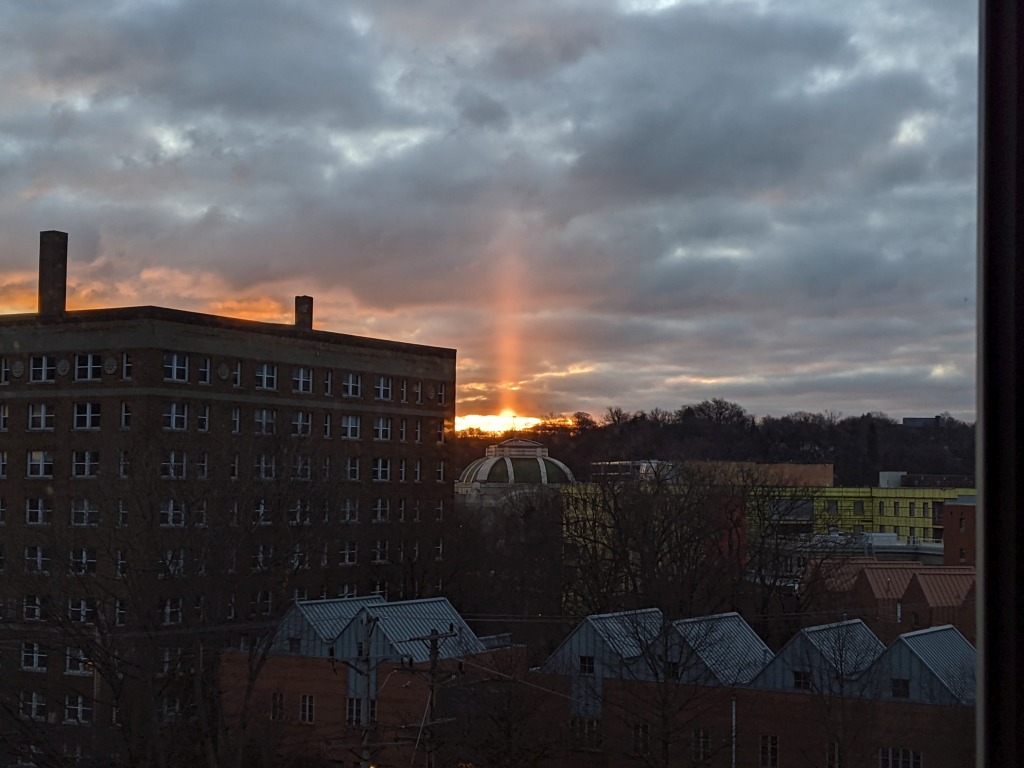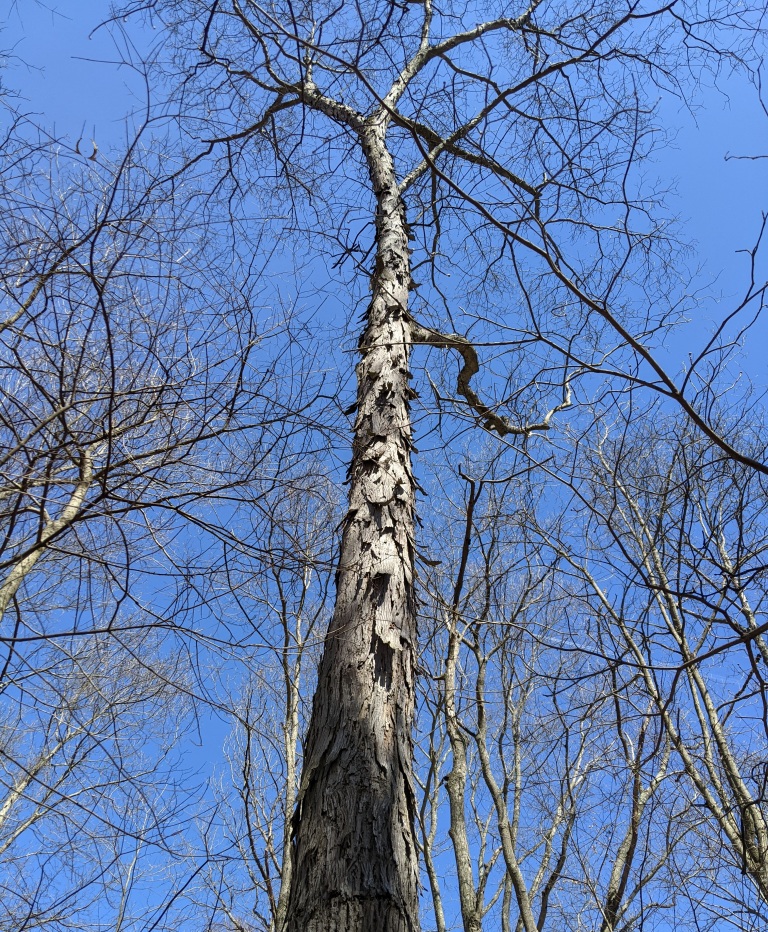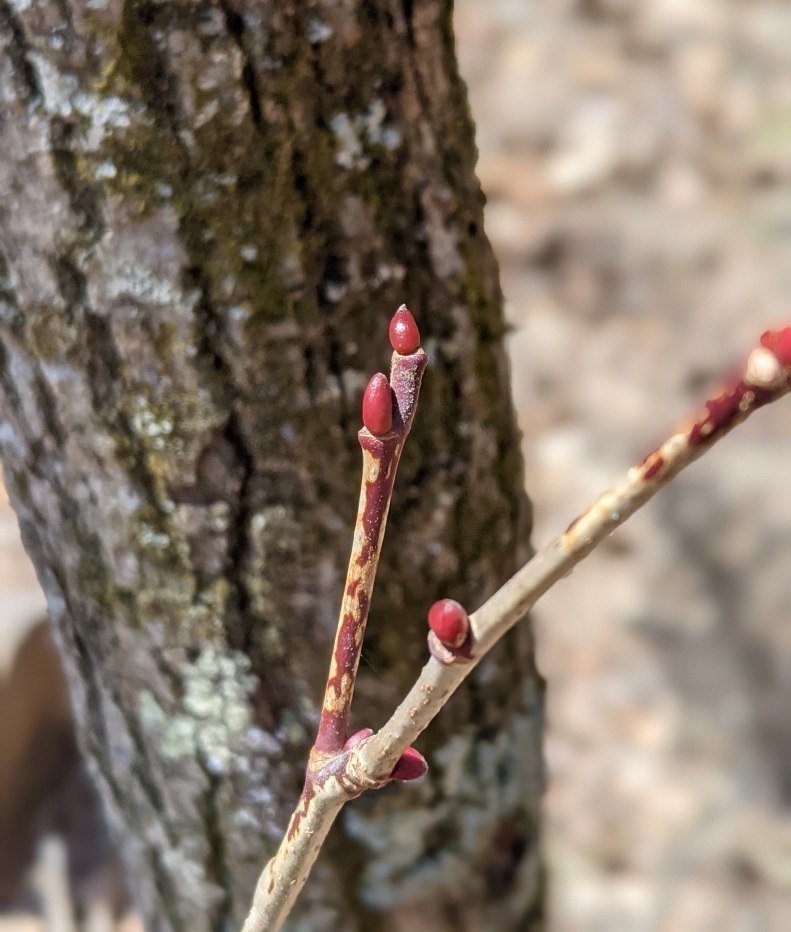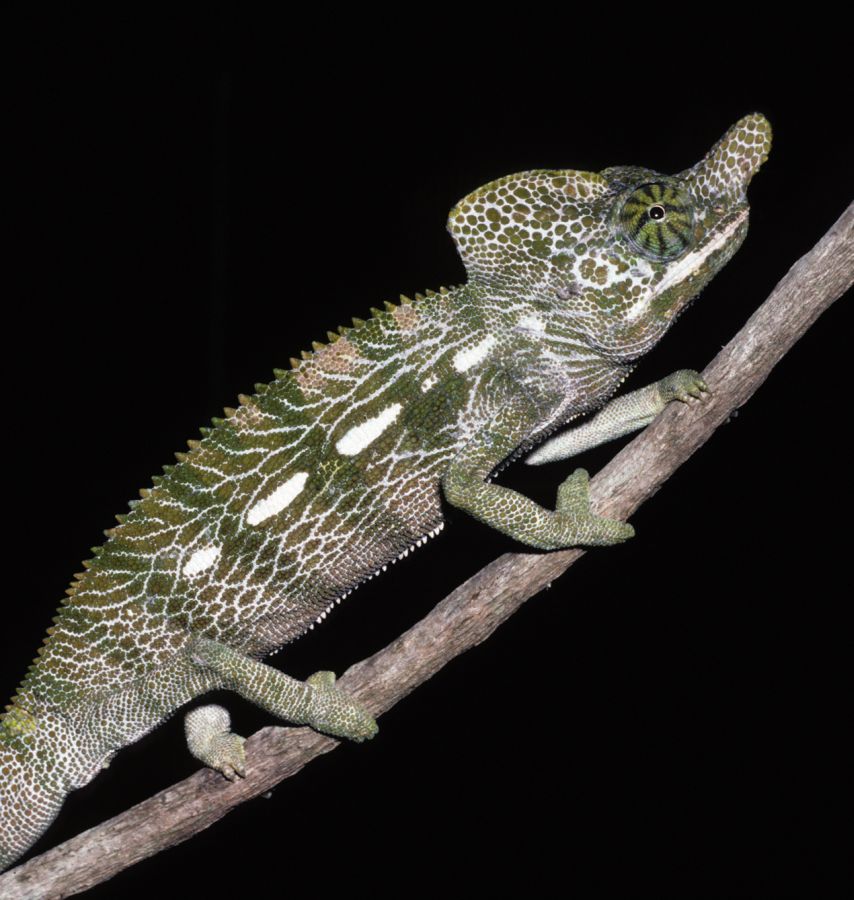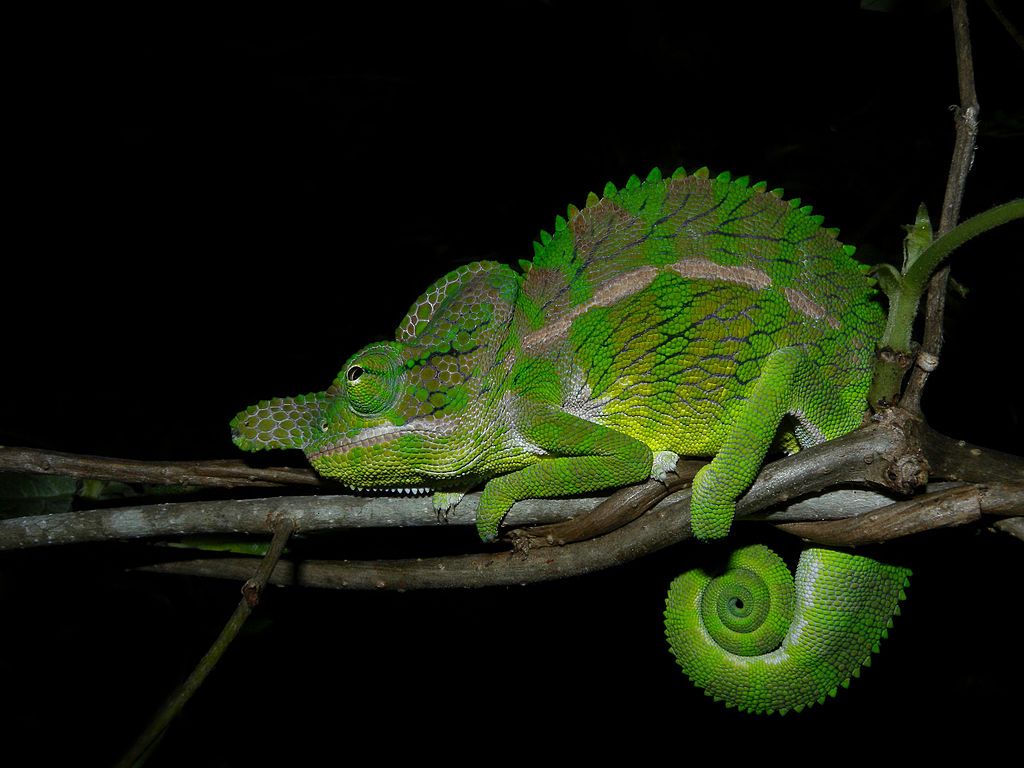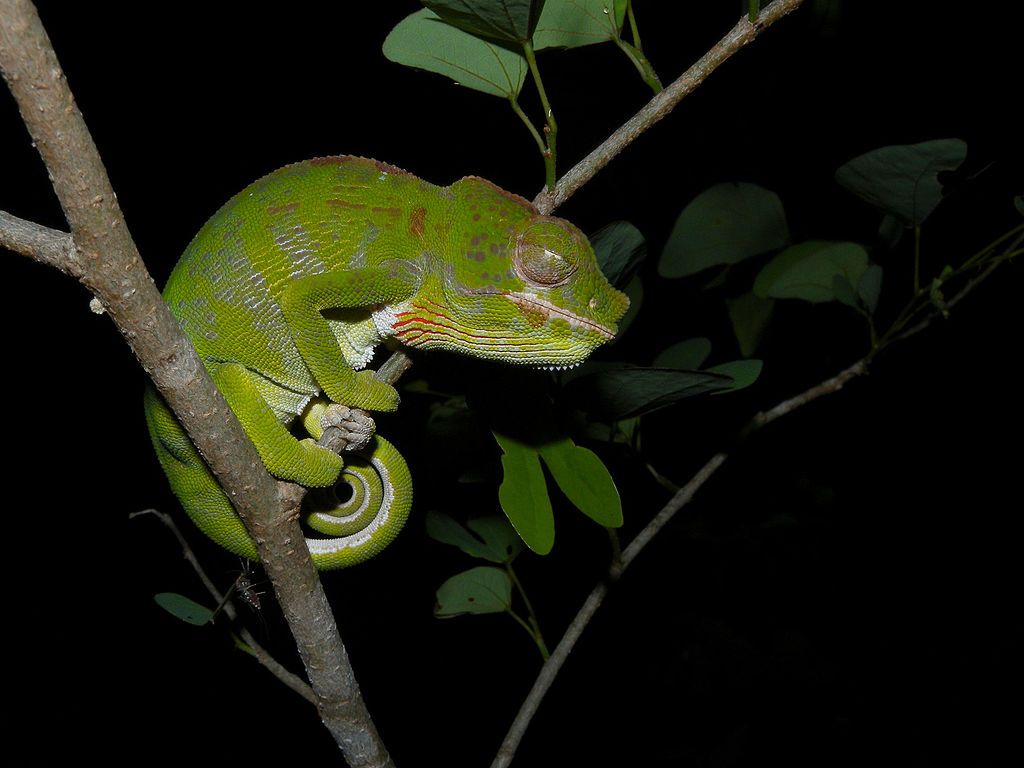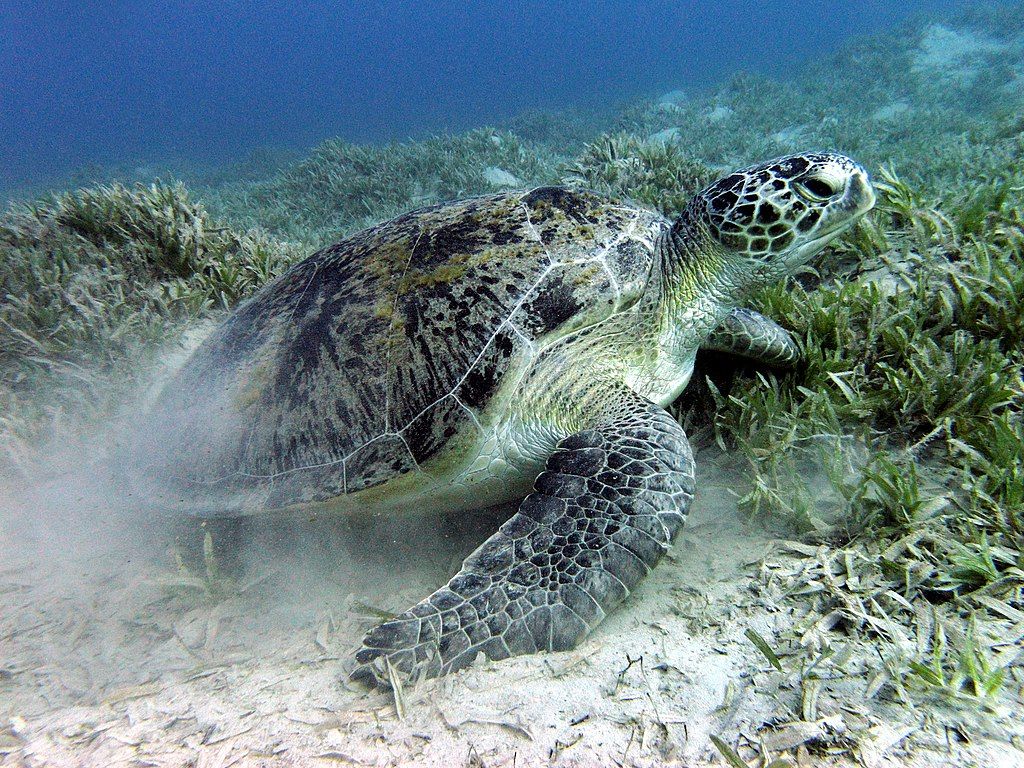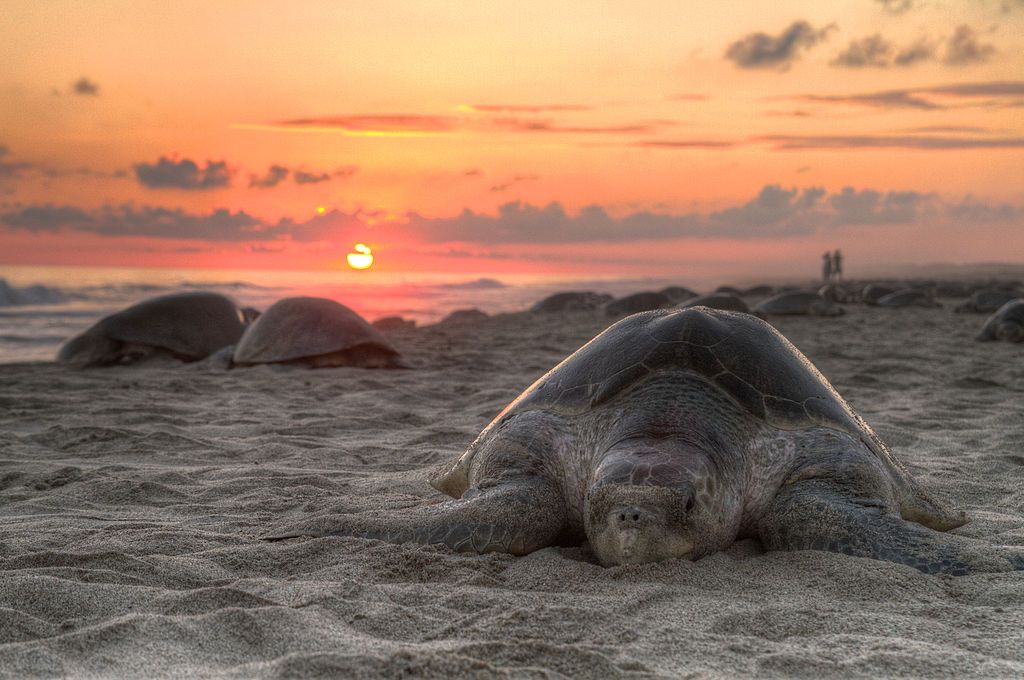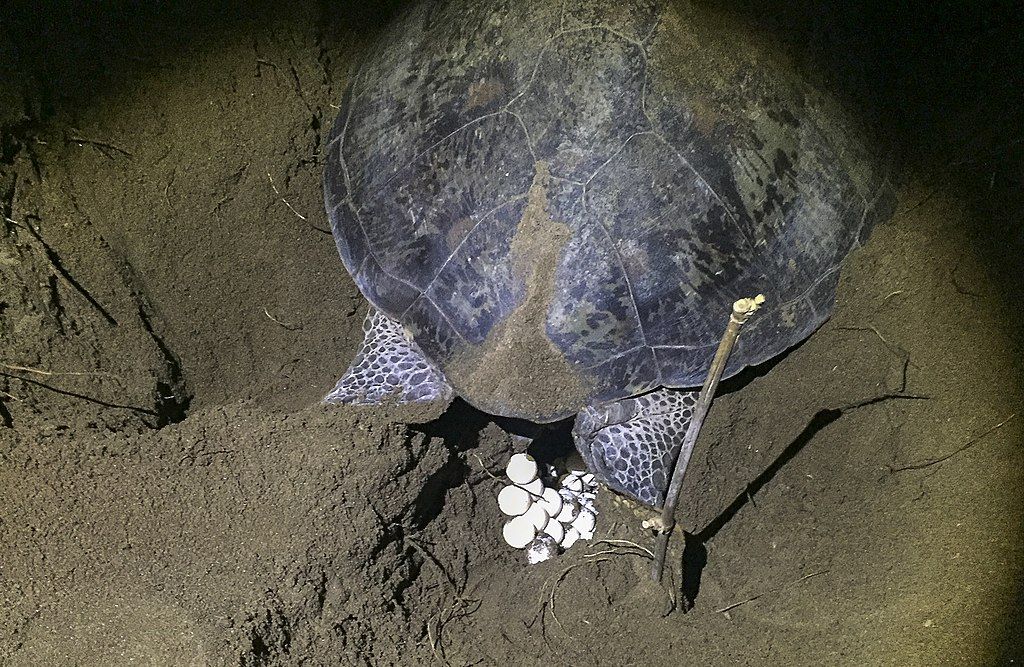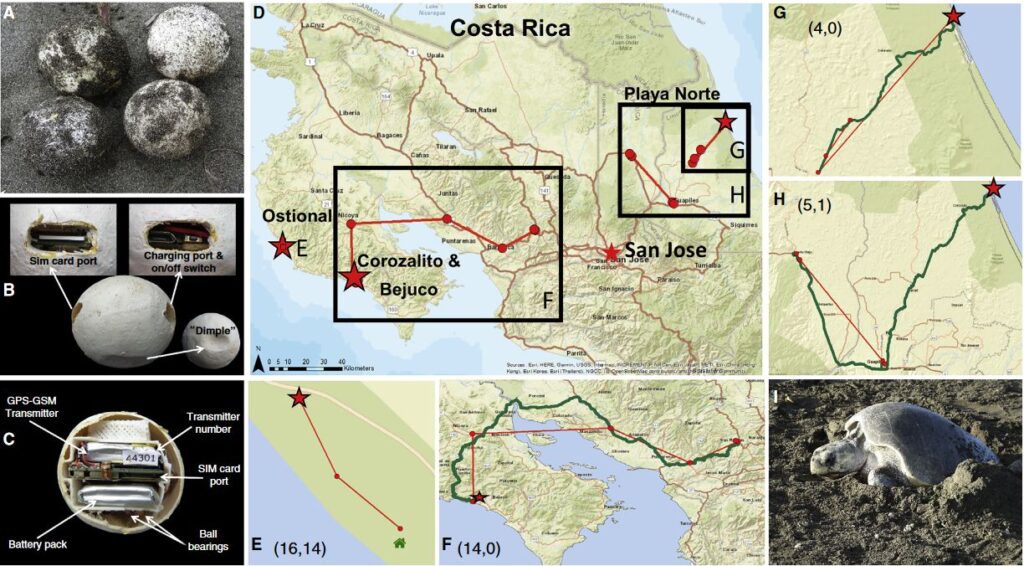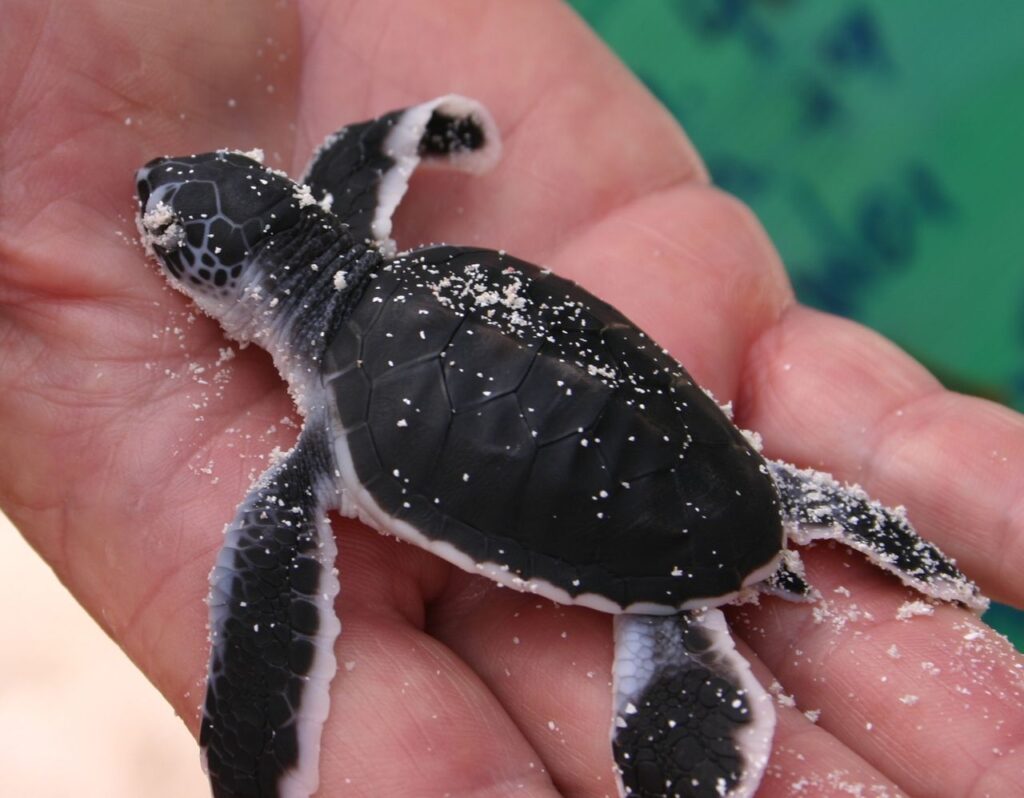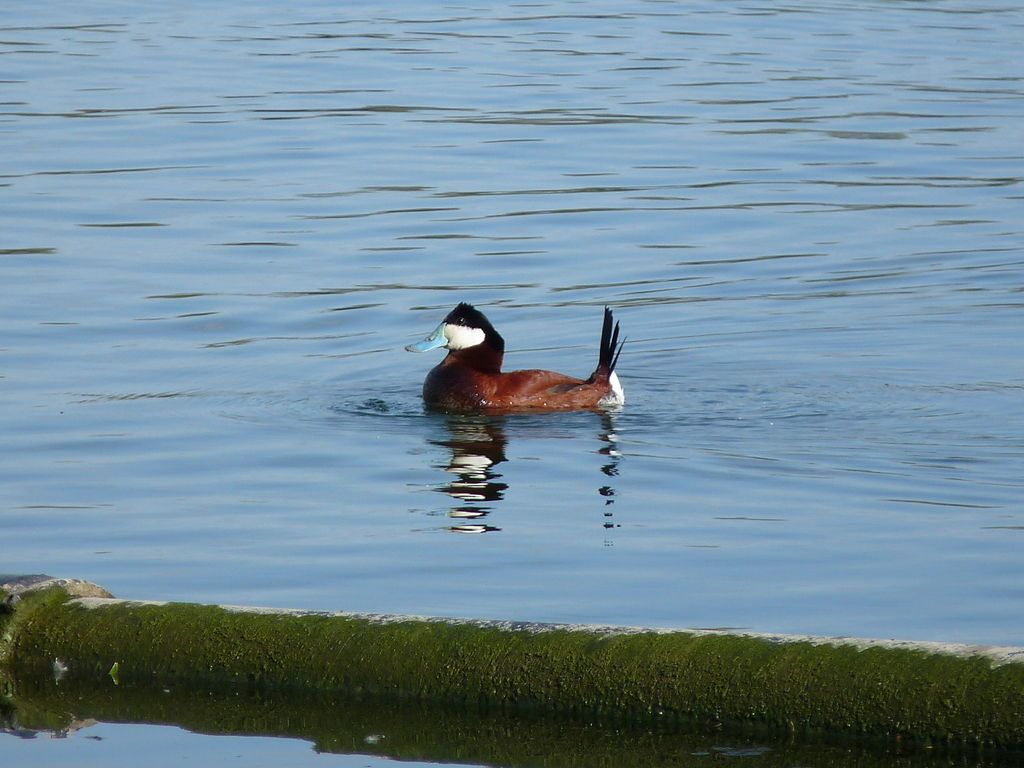
8 April 2021
About once a week I look back seven years to highlight an old blog post that is still interesting today. This morning when I looked back, I was stunned at how different spring is now in southwestern PA compared to April 2014. A lot has changed in seven years. Migrating ducks, singing frogs and flowers are showing up earlier in 2021. For instance …
Have you seen a lot of ruddy ducks lately? Seven years ago the bulk of their migration through Moraine State Park began on 5 April 2014. This year it started almost a month earlier on 11 March 2021 and is basically over now. Here’s the 2014 blog post that caught my attention: Ruddy Bubbles. Click on the hotspot icons here to see this year’s ruddy duck activity at Moraine.
Have you heard spring peepers or wood frogs calling lately? Seven years ago they were loud on 6 April 2014 (Jeepers Creepers) but this year their peak was on 12 March 2021 at Racooon Wildflower Reserve: Sights and Sounds of Early Spring. When I returned to Raccoon twelve days later the frogs were quieter. They were silent on 4 April 2021.
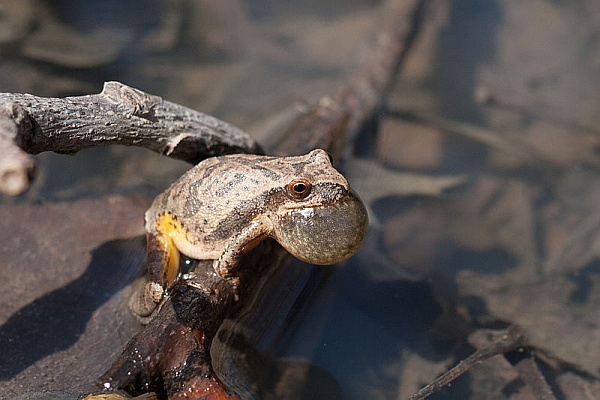
On 31 March 2021 I found bloodroot and hepatica blooming at Cedar Creek: Before The Freeze. Seven years ago they bloomed a couple of weeks later on 12 April 2014: It Was Fun While It Lasted.
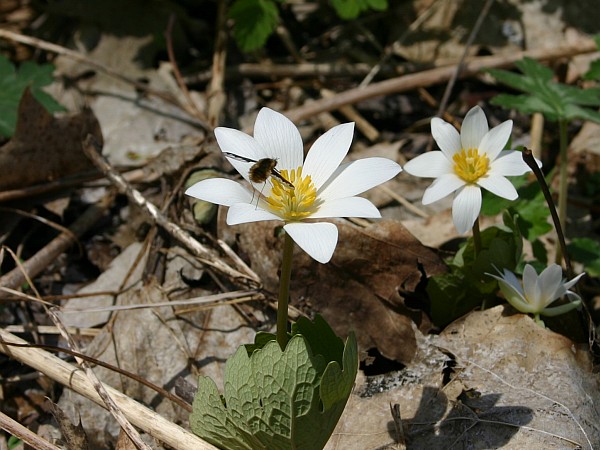
What’s changed in seven years? The climate is warmer. Nature is responding.
It will be interesting to see what happens next.
(photos from Wikimdeia Commons and by Kate St. John)
